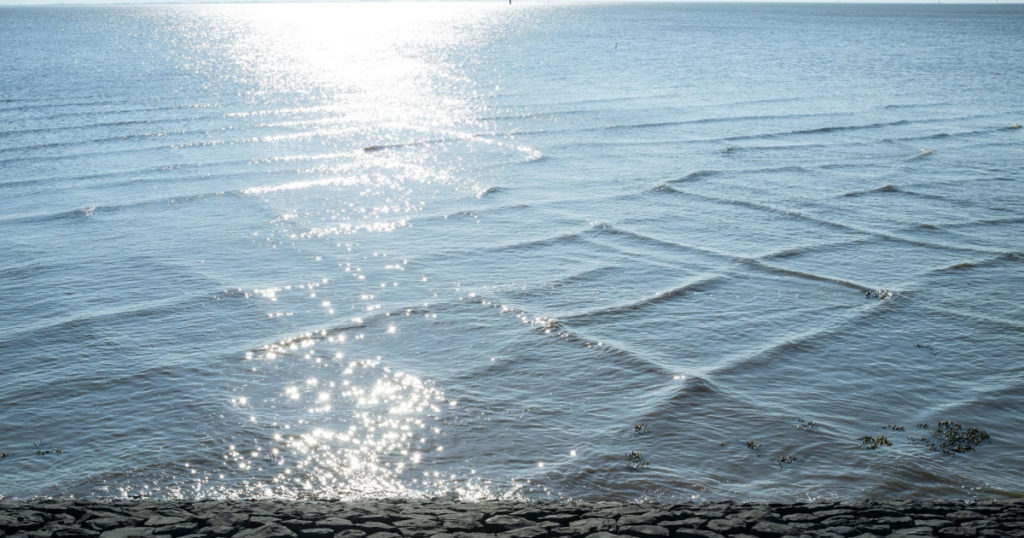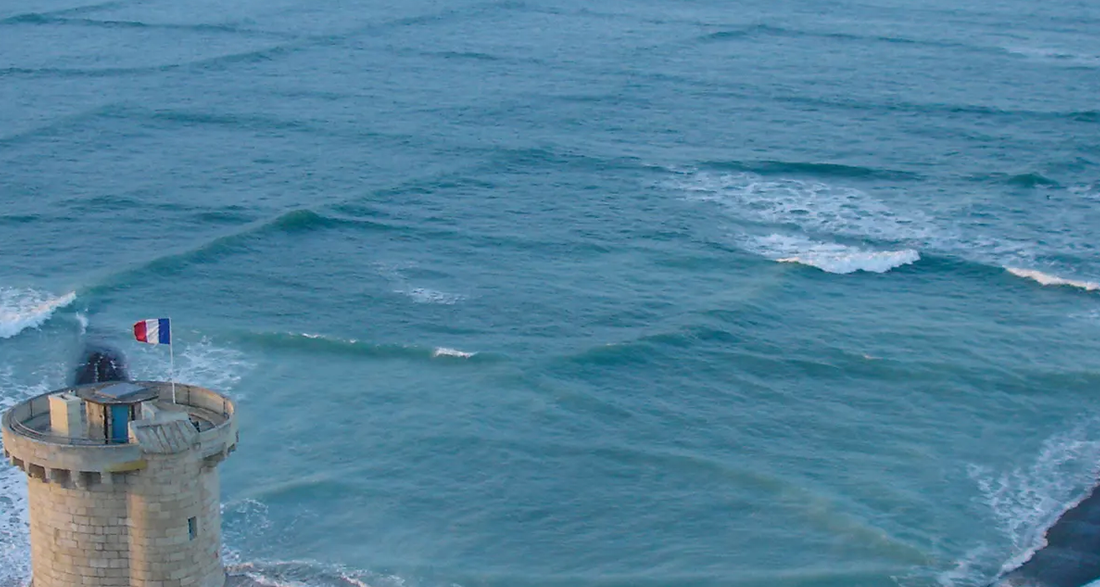In the summer, everyone loves going swimming and having a blast at the beach. That’s why most beaches are packed, especially during this time of year.
But it’s super important to keep our senses of smell and touch sharp when we’re near water. One mistake can be really dangerous. While people know about rip currents and shifting tides, there’s another danger called square waves.
Square waves can look beautiful and mesmerizing, but they are also very risky.

So, what are square waves? Also known as cross seas, they happen when two or more wave patterns collide to create a checkerboard-like pattern.
The European Space Agency (ESA) explained in 2010, “These conditions are quite common in the ocean and occur when a windsea and a swell, or two swell systems, coexist.” A study from 2004 also found that “a large percentage of ship accidents occurred in crossing sea states.”
Square waves can create surges up to ten feet high and strange wind patterns. This makes it tough for boats and swimmers to navigate the ocean safely.
If you ever encounter square waves, avoid swimming or boating in those dangerous waters. Instead, relax on the sand and wait for the weather to improve before going back into the water.
Square waves can be beautiful but dangerous. They usually appear where two large bodies of water meet. One such place is the French Island of Re, located off the coast of La Rochelle. It’s a prime spot to see cross sea waves.
Another place to see square waves is Cape Reinga in New Zealand, where the Pacific and Tasman Seas meet. It’s the northernmost point of the country.
Square waves are fascinating to look at. Thousands of people visit lighthouses, especially on the Isle of Re, to witness this natural phenomenon. But it’s important to watch them from a safe distance. Seeing waves cross at different angles is rare, and that’s why it attracts so many curious visitors.
Interestingly, in shallow waters like those off the Isle of Re and Tel Aviv, Israel, you can often see two opposing surges. Scientists believe square waves demonstrate the Kadomstev-Petviashvili equation in action, which explains nonlinear wave motion and how different weather systems interact with each other.
Share your thoughts in the comments down below!

